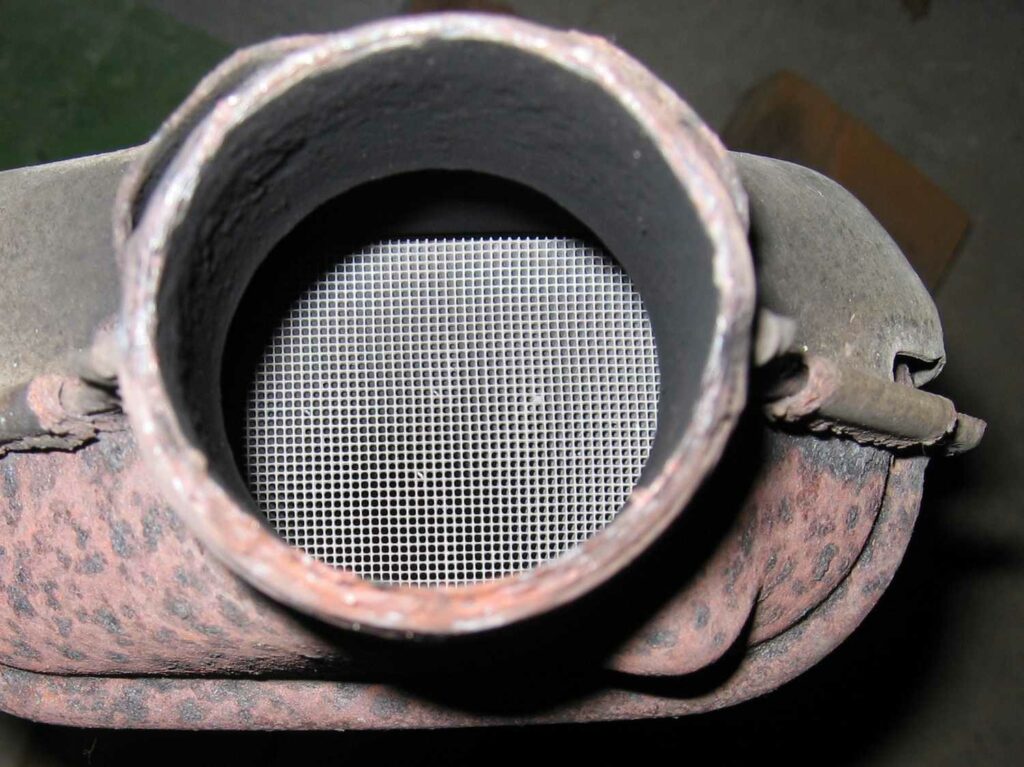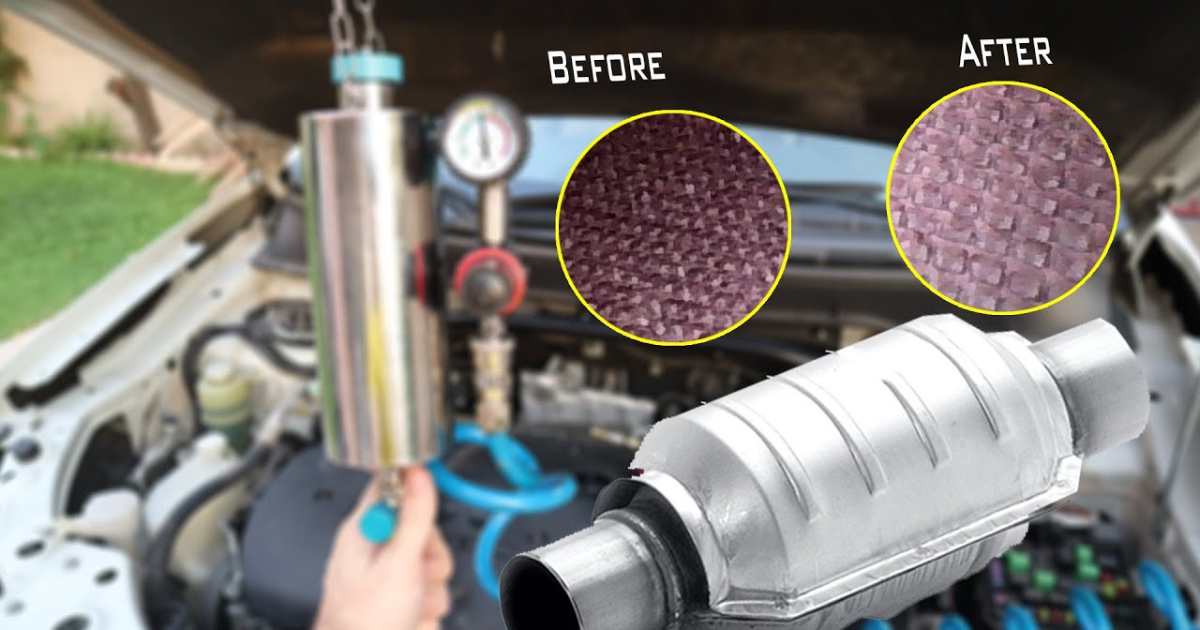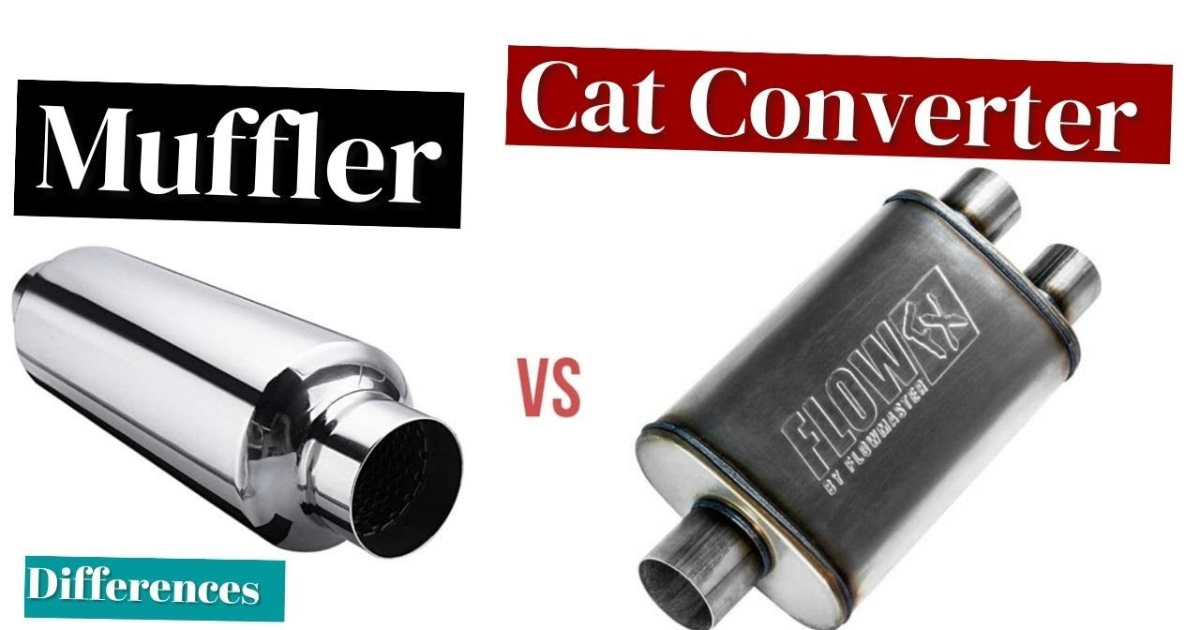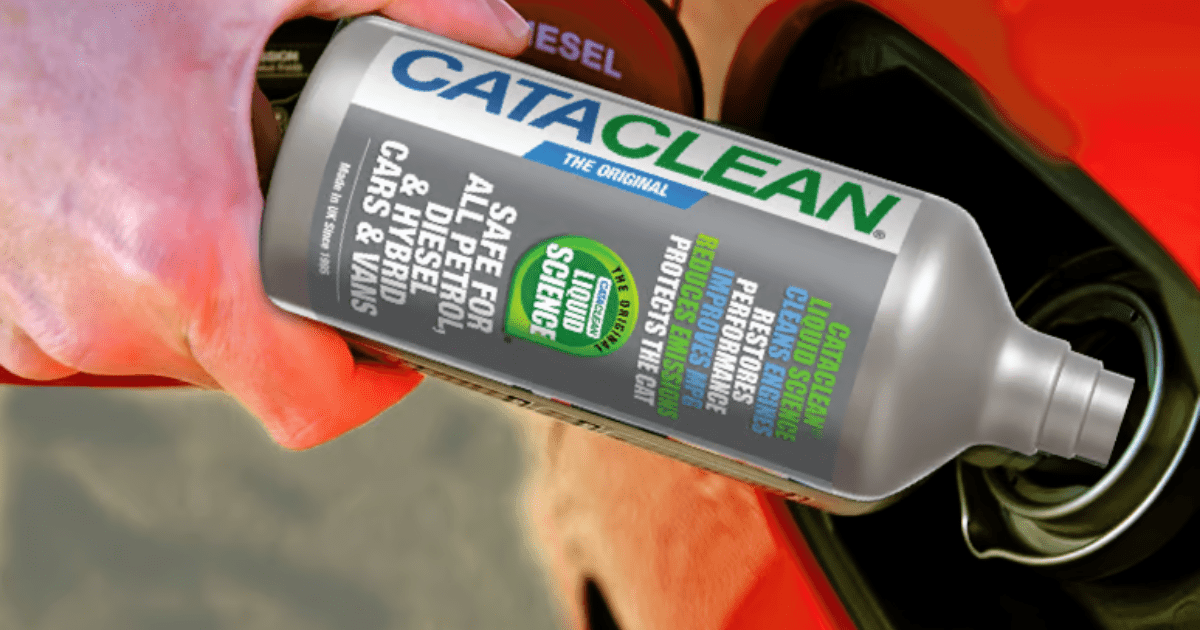You’re here to learn how to unclog a catalytic converter. If you drive an internal combustion engine car, your catalytic converter will likely clog. For what reason?
Catalytic converters turn harmful exhaust pollutants into harmless ones. Smoke constantly travels through the exhaust, therefore it will eventually block.
This article will help you maintain your catalytic convert. Read on!
What Are Catalytic Converter Clog Symptoms?

Driving with a blocked catalytic converter is annoying. Your car’s engine may be damaged in addition to pollution. Thankfully, blocked catalytic converters cause symptoms.
Here they are –
- Problems with Engine Performance
- Issues with Fuel Efficiency
- Your Dashboard Lights Turn On
- Failure of Vehicle Emission Tests
How to Find the Cause of a Catalytic Converter Clog?
The best technique to confirm a blocked catalytic converter is to diagnose the car based on symptoms. Online and offline retailers sell certain diagnostic equipment, thankfully. Here are techniques to detect a clogged catalytic converter.
The Vacuum Test
Steps to conduct this test:
- Apply the parking brake after setting the transmission to park or neutral, depending on the car.
- Assign the vacuum gauge to a direct vacuum line like a manifold port.
- Start and idle the car to reach operating temperature. The vacuum gauge should be between 18 and 22 in-Hg.
- Maintain 2500-3000rpm while checking the suction gauge. It should dip briefly before rising again in seconds. A blocked catalytic converter is likely if the reading takes forever to return to its previous level.
Temperature Test
Steps to conduct this test:
- Start the car and let it warm up (you can drive it or let it idle for 20 minutes).
- Make sure the automobile is on a flat surface and set the transmission to “Park” or “Neutral.”
- Record the temperature of the catalytic converter’s front inlet pipe. You may need to lift your car.
- Repeat for the output pipe to the catalytic converter’s back. A catalytic converter problem exists if the front and rear temperatures are at least equal.
How the Catalytic Converter Is Unclogged?

Any of these procedures can unclog your catalytic converter.
Catalytic converter unclogging without removal
Here’s how to do it:
- Choose a car-compatible catalytic converter.
- Keep 15 liters of fuel in your tank.
- Following catalytic converter cleaner recommendations for fuel/catalytic converter cleaner ratio
- Put catalytic converter cleanser in the gasoline tank.
- Drive at least 2500rpm for 30 minutes. To clean the system, drive long enough for the catalytic converter/fuel mixture to circulate. However, avoid overheating the car during this drive.
- Reread the catalytic converter after recalibrating the OBD code.
You may have unclogged the catalytic converter if the automobile accelerates rapidly and emits less black smoke at the end of the ride. It is one of the cheapest catalytic converter repairs. Use caution with brands that are still controversial. Example: seafoam catalytic converter cleaning.
Remove the catalytic converter to unclog it
Here’s how to do it:
- Cool the exhaust system to avoid burns.
- Use jack stands to suspend the car.
- Remove oxygen sensors.
- Use penetrating oil to loosen bolts.
- Remove and inspect the catalytic converter. If you hear a loud rattling, stop because the catalytic converter may be broken. If you don’t hear anything, keep going.
- Clean the catalytic converter using a low-pressure washer.
- Clean the catalytic converter with hot water and degreaser.
- Low-pressure wash the catalytic converter.
- Drain and dry the catalytic converter before reinstalling.
- After replacing the catalytic converter, reinstall the oxygen sensors.
How to Fix a Clogged Catalytic Converter Without Replacing It?
Cleaning Without Removal: Fuel and a catalytic converter cleaner are used to unclog the converter. After mixing both materials in your fuel tank, you drive quickly for a while. Fuel and catalytic converter cleaner flows throughout the automobile, removing contaminants.
Cleaning it after removal: This is more involved and requires hand washing the catalytic converter. Drain and dry it before reinstalling. This should be a last resort.




